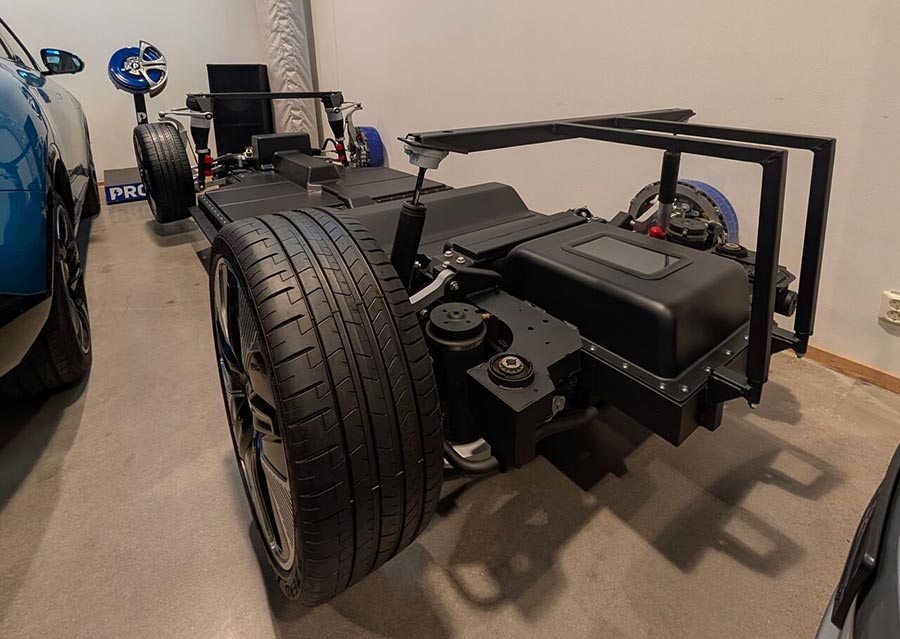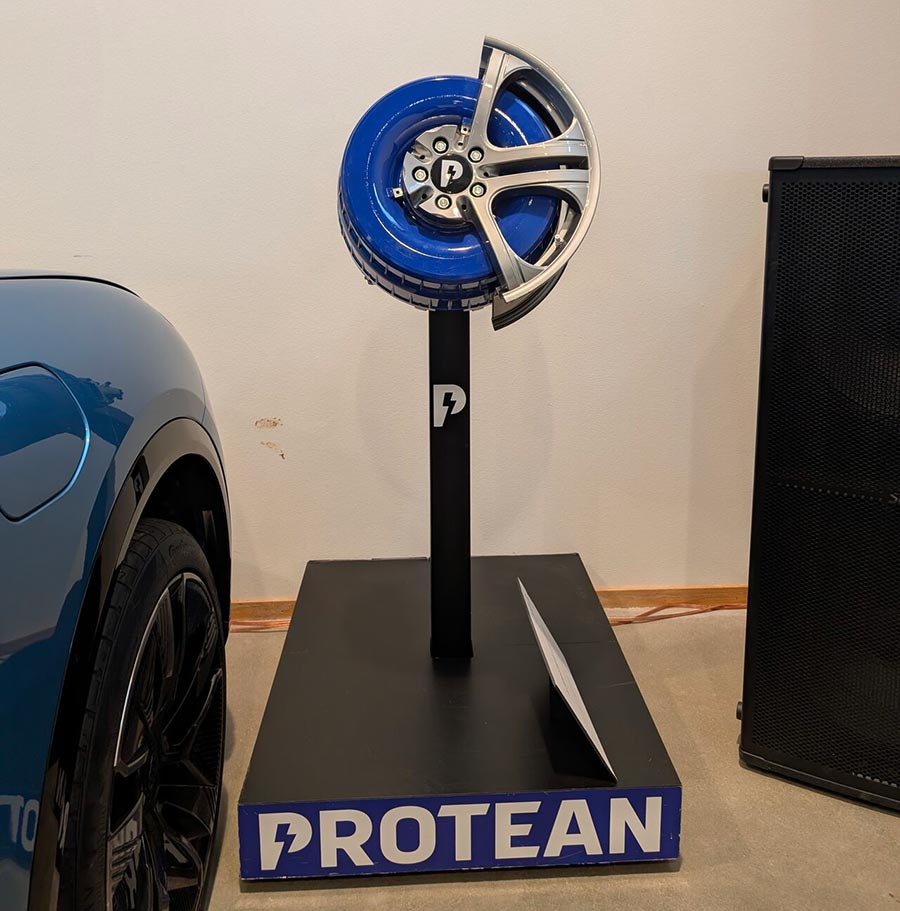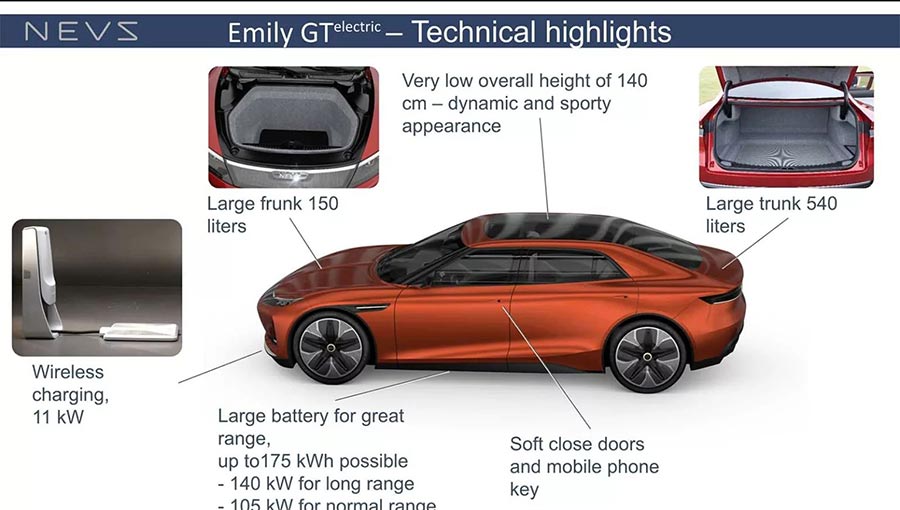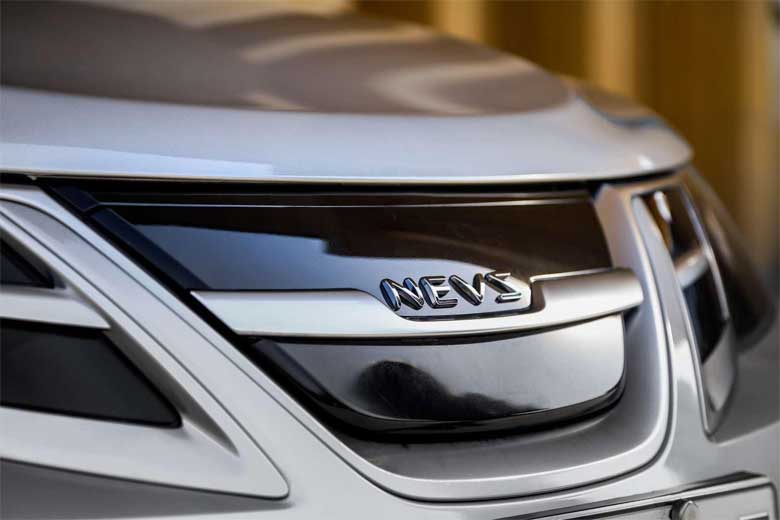As part of my exclusive visit to NEVS, I had the unique opportunity to experience firsthand the development of the Emily GT. Over the course of this article series, I will share insights from my visit, including first-hand impressions of the Emily GT, interviews with key people behind the project, and the future outlook for this groundbreaking EV.
If you missed the first article in this series, where I explored the design and driving dynamics of the Emily GT, you can check it out here: NEVS Emily GT: Scandinavian EV Excellence.
For this second part, I sat down with Frank Smit, former development manager at NEVS, to discuss the technical aspects, development challenges, and future possibilities of the Emily GT. His exclusive insights provide a deeper understanding of what makes this car special and how it could shape the EV landscape.
Table of Contents
The Design Philosophy Behind Emily GT
Q: What is your personal favorite feature or design element of the Emily GT?
Frank Smit: There isn’t just one favorite feature… It’s really the feeling I get from the car’s design. The Emily GT has a magnetic appeal, a magical combination of clean and subtle shapes that give it both confidence and elegance. Once you start driving it, you’re hooked!

Battery Options and Charging Capabilities
Q: What battery capacities will be available for the Emily GT?
Frank Smit: We believe 80 kWh and 120 kWh will be sufficient, combined with fast-charging capability of up to 500 kW. This would provide a range of 500–700 km.
Q: Will the 175 kWh battery reduce rear passenger space since it takes up more room?
Frank Smit: The Emily GT’s battery pack is designed to ensure ample space for rear passengers’ legs and feet. Currently, there are no batteries under the rear passenger footwells, allowing the car to remain low (1395mm) while maintaining a comfortable seating position in the back.
A 175 kWh battery is, in our view, excessive—it would increase the car’s weight and cost unnecessarily. With ultra-fast charging capabilities, there’s no real need for such a large battery pack, even though it would be technically possible.
Q: Will the Emily GT support 22 kW AC charging?
Frank Smit: No, 22 kW AC charging is becoming unnecessary and is already being phased out, especially in premium EVs. The Emily GT is designed to support home charging via wireless charging at 11 kW.

Performance and Driving Experience
Q: Are there plans to build a two-wheel-drive version of the Emily GT?
Frank Smit: Not initially. The four in-wheel motors are a core part of Emily’s handling characteristics. At this point, we expect all versions to come with all-wheel drive.
Q: The car was built five years ago, and a lot has changed in the EV industry—both in technology and design. Is there anything you’d want to change for a production version?
Frank Smit: Absolutely. Keep in mind that this car—all six prototypes—was developed in just 10 months. While many people see the Emily GT as nearly production-ready, there are still 18–24 months of development work left to make it market-ready.
Some systems are missing, others are not suitable for large-scale production, and there are certain aspects that we are not entirely satisfied with now that we’ve had more time to evaluate the prototype vehicles.

Customization and Pricing
Q: Will there be different trim levels and material options? Any price estimates?
Frank Smit: Yes, there will be several option packages and trim levels.
Customers will also have the ability to purchase software features post-purchase, either for a limited time or as a permanent upgrade.
Estimated price for the Emily GT: 1.25 million SEK or 117,630 USD.
Software and Infotainment System
Q: Are you considering Android Automotive for the Emily GT, or do you have another software solution in mind?
Frank Smit: That remains undecided. What matters most is that the system is fast, always reliable, and intuitive to use.
Final Thoughts
The Emily GT represents a bold step forward for Scandinavian EV design. With its Saab-inspired DNA, cutting-edge battery technology, and innovative engineering, it has the potential to disrupt the premium EV segment.
While challenges remain before a production-ready version can hit the market, Frank Smit’s insights make it clear—the team behind Emily GT is committed to delivering an exceptional electric driving experience.
Stay tuned for the next installment in our exclusive Emily GT series!
See also next article from series.












Cool car. But the price. Yikes.
To Matthew Swearingen:
a tesla model S is same price,
To Rob Dragtstra :
not anymore. Haha.
To Rob Dragtstra:
Perhaps, but this cant compare with Tesla 😁Tesla is The worst ugliest a lot off problem with car.
To Matthew Swearingen:
yes it is again
Well clearly that narrows down affordability
There ought to be a mandatory cost of manufacture to every vehicle produced given to the public. This is a guide to see emissions in construction,although mining of the metals are extra of course.Well , like food etc
percentages of ingredients ie metals could be worked out My 93 Carlsson is now zero me being the second owner!
So is it going in to production or is this “if” the car made it to production?
When and where can we Bey it
What platform is this derived from? Is this all a hypothetical given the state of NEVS? Interesting series but it looks like it won’t be coming to life, unfortunately.